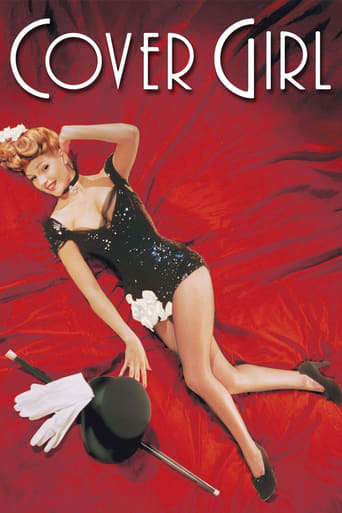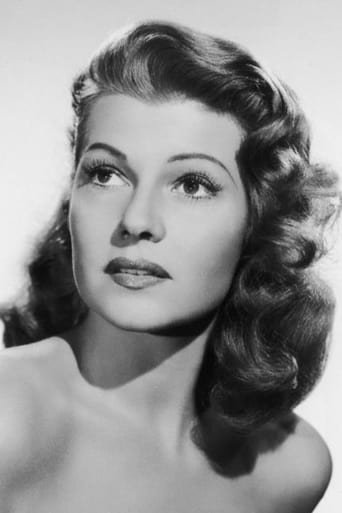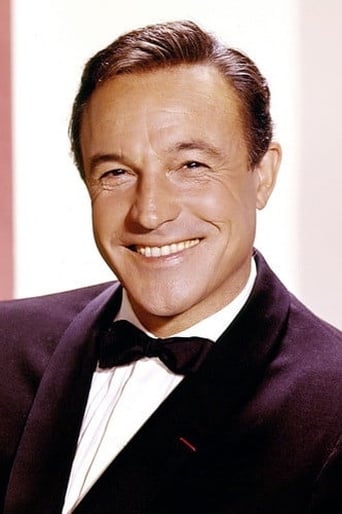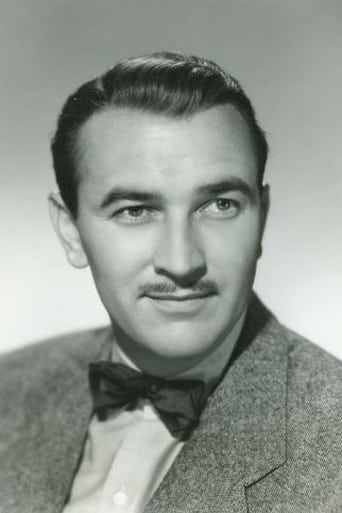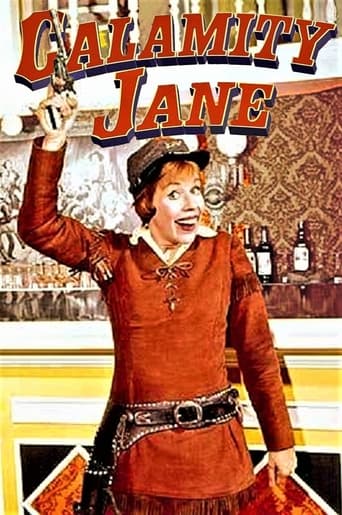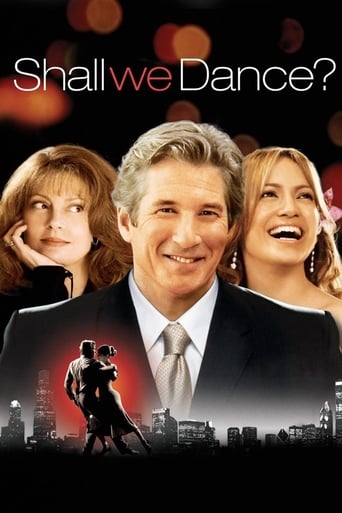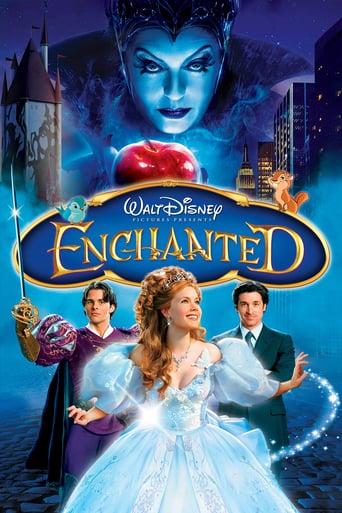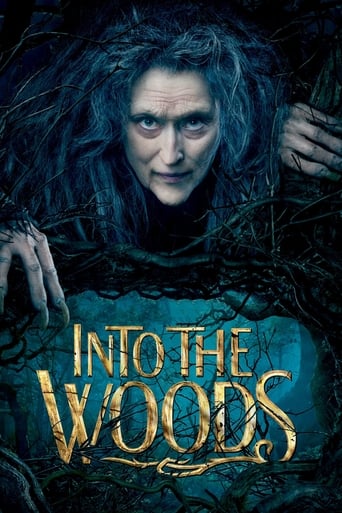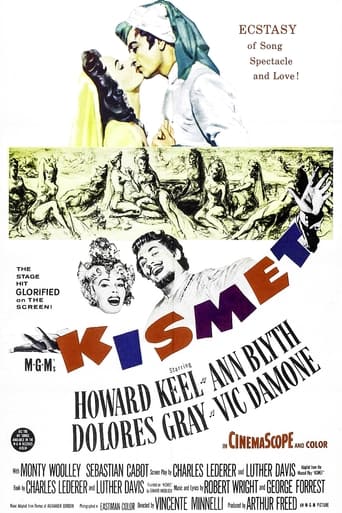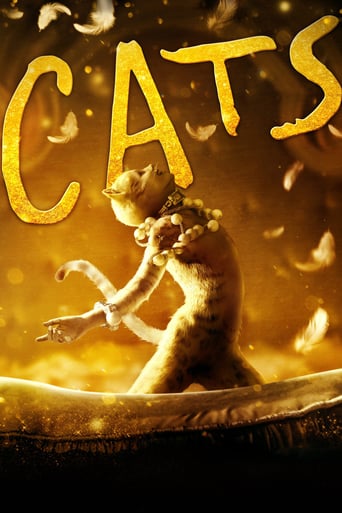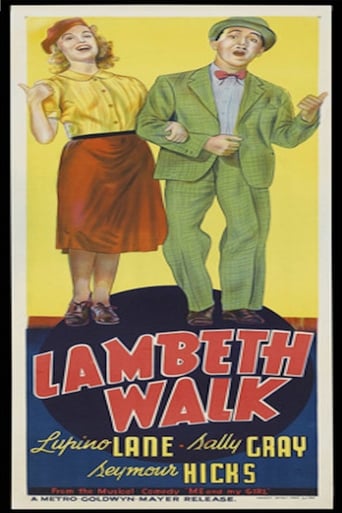Cover Girl (1944)
A nightclub dancer makes it big in modeling, leaving her dancer boyfriend behind.
Watch Trailer
Cast


Similar titles
Reviews
For his next photoplay, after "The Desperadoes", Charles Vidor requested Cover Girl (1944), primarily to show off his versatility, and having no idea at the time that it would eventually lead to his being typed (and principally thought of) as a director of musicals. Actually Charles Vidor much preferred his horror films, Gothic romances and westerns. But with the exception of his masterpiece, Gilda (1946), these were now all behind him. (Thunder in the East, The Joker Is Wild, and even A Song to Remember and The Loves of Carmen, have Gothic overtones, but I think they may be excluded here). Entrancingly designed and inventively choreographed, Cover Girl was a hit from its smash opening sequence to its rousing finale. The only conventional thing about the movie was its screenplay -- a story in which Gene Kelly, Otto Kruger and Lee Bowman vied for the affections of Rita Hayworth. (You have just one single guess as to which of these three contenders won through in the end?)
Rusty's a popular singer-dancer for small-timer Mcguire's club, but gets her head turned by fancy impresario Wheaton who wants her to leave her friends and take her talents to his swanky uptown stage show.Talk about eye candy. There's enough glamour here to send guys into a sugar overload. I hope they didn't show this WWII production overseas, otherwise a million GI's would be swimming home. I've seen a sexier Hayworth, but never a more sparkling one. She's obviously enjoying herself, and why not, she's got Kelly as a partner and a goofy Silvers to keep her in stitches. And get a load of the hats the gals wear. Some look like they're getting messages from Mars.Okay, except for "Long Ago and Far Away", the tunes are pretty forgettable, while that set-up in the trooper cattle car should have been seriously re-thought. Still, I thought that dancing threesome down the city street was utterly charming, and reminded me of Kelly's signature number in Singin' in the Rain (1952). Then too, actor Bowman (Wheaton) makes a perfect Manhattan lounge lizard. For younger folks, there were a lot of references to Brooklyn during the war. That's because the New York borough came to symbolize the common man and the American melting pot-- in short, the kind of national unity that winning the war would need. So, naturally, good guy McGuire (Kelly) has his stage show there, while slickster Wheaton has his in more snobbish uptown Manhattan. So Rusty (Hayworth) has to learn it's more fun to crack oysters in a Brooklyn bar than sip martinis in an swanky lounge.Anyhow, it's hard to think of a brighter, more colorful production than this line-up of Hollywood glamour that keeps "comin' at yuh", one pretty face after another.
I wanted to like this film...I really did. However, the plot was quite simple (and easily resolved) and the songs were an amazingly flat and uninteresting lot. I think all this is very apparent to me because I have recently spent a lot of time watching MGM musicals as well as films about classic Hollywood song and dance films--and "Cover Girl" just doesn't stack up all that well. Perhaps this is because the film is made by Columbia--a studio not known for its musicals.The film begins with a bunch of dancing girls all talking about some contest--where the winner is chosen as a cover girl for some magazine. Surprise....Rita Hayworth is the one picked. And, soon after this, her life changes--with great job offers and the wolfish Lee Bowman chasing after her. But what about her partner (Gene Kelly)? What about their act? What about the fact that the songs are so dull?So what does the film have going for it? Well, the color film is nice and Rita looks swell. And, at least one song and dance number is a standout--the one where Gene dances with himself. You have to see it to know what I mean--it must have been very difficult to choreograph and execute. But this alone is not enough to make up for the film's deficiencies--such as the notion of a granddaughter looking EXACTLY like her grandmother, the badly synchronized singing in many places and the rest. In addition, there is a romantic tension between Rita and Gene--when it all very EASILY could have been solved with her going on to a better job and Kelly keeping his old one AND they could have STILL kept dating. Overall, a time-passer and nothing more--even though it looks great.
Cover Girl (1944)The war is on, and this musical covered two fronts--escapist entertainment, and good old leggy girls for the guys in uniform (those who got to see it). Betty Grable may have been the unofficial pin up actress in wartime, but Rita Hayworth was one of the real hotties of the 1940s, and another G.I. staple, and she is the visible star of this very colorful musical.The other star, secondary except in name, is Gene Kelly, who is actually a relief in his scenes, adding some stability to a sometimes frivolous and girly musical. Hayworth is great as a presence, too, for sure, and she does do her own dancing, but her singing voice is dubbed by another vocalist. Third in importance is Eve Arden (for me) playing her usual world-weary wit, in this case in the center of the cover girl search. An interesting if minor trick to the plot early on is the way they create two plots in two time periods, the present (1944) and forty years earlier. So the musical numbers (and lavish costumes) vary from one period to the other, with Hayworth providing the link. Most of the time, thought, it's the early 1940s with the usual competing romances, and a striving for glory takes off. This was Hayworth's biggest success to date, and she was married to Orson Welles at the time. The movie was a hit, both with audiences and with critics. It even won an Oscar (for the music).How does it compare to other musicals? Well, for one thing it has totally vivid color, I mean vivid, true three-strip Technicolor (the ultimate), and it helps. The dance numbers are on obvious sets, carefully and beautifully designed. Kelly was instrumental in making the dance numbers work, even dominating the director (Charles Vidor) on this score. You might even see hints of his later more famous musicals (a street scene has echoes of "Singing in the Rain" in set design, without the rain--a cop even ends the scene in both cases). The dancing is something of an evolution from the 1930s Astaire-Rogers dancing which was heavily tap and ballroom kinds of couple numbers. Here we see more choreographed integration with the plot and the scenes. The story, as the title suggests, has a great theme. Rita's character, Rusty Parker (she has reddish hair, which is common in these Technicolor affairs) is trying to be a cover girl for a magazine contest. Of course, so is everyone else in the country. And they bring it to an amazing climax by presenting "covers" designed for all the major magazines, the real thing from Cosmopolitan to Look. The actual magazines around the country got on board with the movie while it was being made and had their own contests for their covers. One dance number features each of the winning covers, seen through a giant camera lens, and each of the winning girls--so the cover models got a small dose of Hollywood stardom, too. It's fun, and clever, and it sold the film big time.There is an odd mistake in the movie--when the original Variety cover with Rusty Parker on it is pinned up by her dance friends and rivals, it shows a picture of her looking at the camera. When the camera pulls back for a wider view, it shows a different cover! Parker is looking to one side. Pretty ridiculous boo-boo.I can't over emphasize how much the production values of the film support it. The color, the photography, the set design, and the editing are all really fabulous. There are two photographers listed, and one is Rudolph Mate who has a number of great Hollywood films to his name (as well as a true legend, the German/Danish "Vampyr" from 1932). Technicolor consultant Natalie Kalmus is in top form (she insisted on certain colors and color pairings that worked best with the film stock). Kelly was loaned from MGM (to Columbia) for the movie, and he was given liberties in production, making his career jump two notches. The choreography is his, and MGM began to pay attention to him at this point. The great number where he plays against his ghost on the streets is inventive and fun. The production is high here, with true Technicolor, but it lacks the high standards of MGM (see "Singin' in the Rain" for some better echoes). There are lots Broadway based visuals, with sets and contrivances. It only goes so far, and it's so infected by the "cover girl" mentality it drives any normal person not to boredom but to disappointment. I know if I say it's sexist many people think I'm just not getting it, or I'm applying a 21st Century filter to a normal situation back then. But it's an objectifying movie with all the worst stereotyping clichés you can write into a script. And the fact remains that neither Kelly nor Hayworth are what you would call great actors. Likable (and pretty) but limited in their range. It's a musical, yes, and it gets around to real music eventually, and it's no less than Kern and Gershwin. The great song is a quiet number between them, Long Ago and Far Away. Some of the other songs are formula stuff, and you have to hang in there. In fact, you start to realize you are being patient a lot, waiting for the movie to rise up.

